Attractive Strong Force
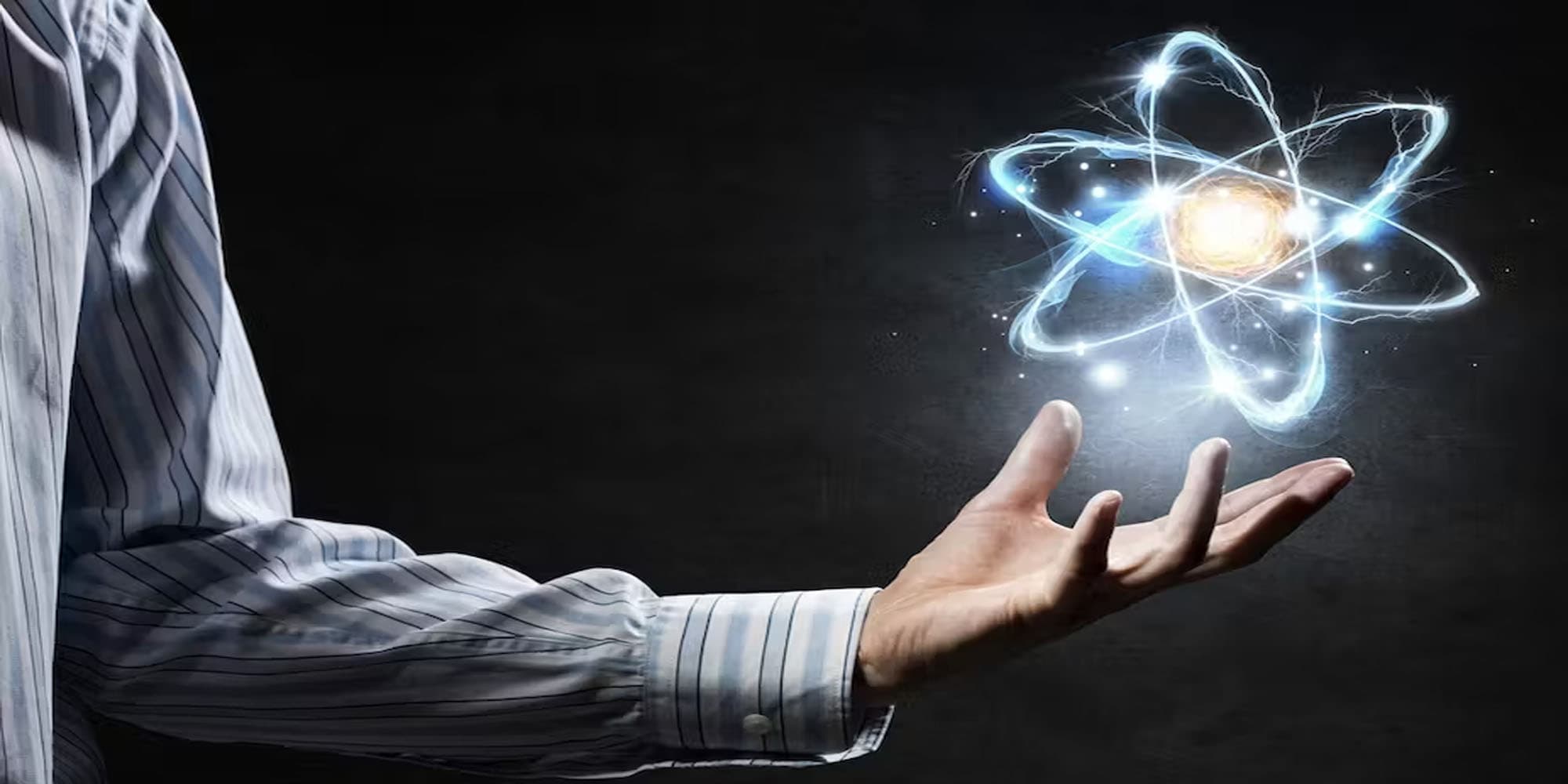
What holds quarks together?
The strong nuclear force (or strong interaction) keeps quarks and gluons always confined inside the subatomic particles they compose, such as protons and neutrons.
This attractive force is the strongest of the four fundamental forces of nature.
Unlike the gravitational or electromagnetic force, the strong force becomes even stronger as quarks get further apart from each other.
Fascinating - distance makes this bond even stronger!
And it just keeps getting stronger until it becomes energetically more favorable to produce a new quark-antiquark pair than to continue to elongate the color flux tube to allow two quarks to separate.
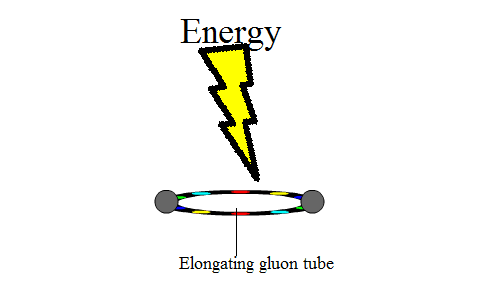
Amazing, right?
Where does the strong force come from?
Gluons are the carriers of the strong force, acting as exchange particles (think of them as messengers or mediators) for the strong interaction between quarks.
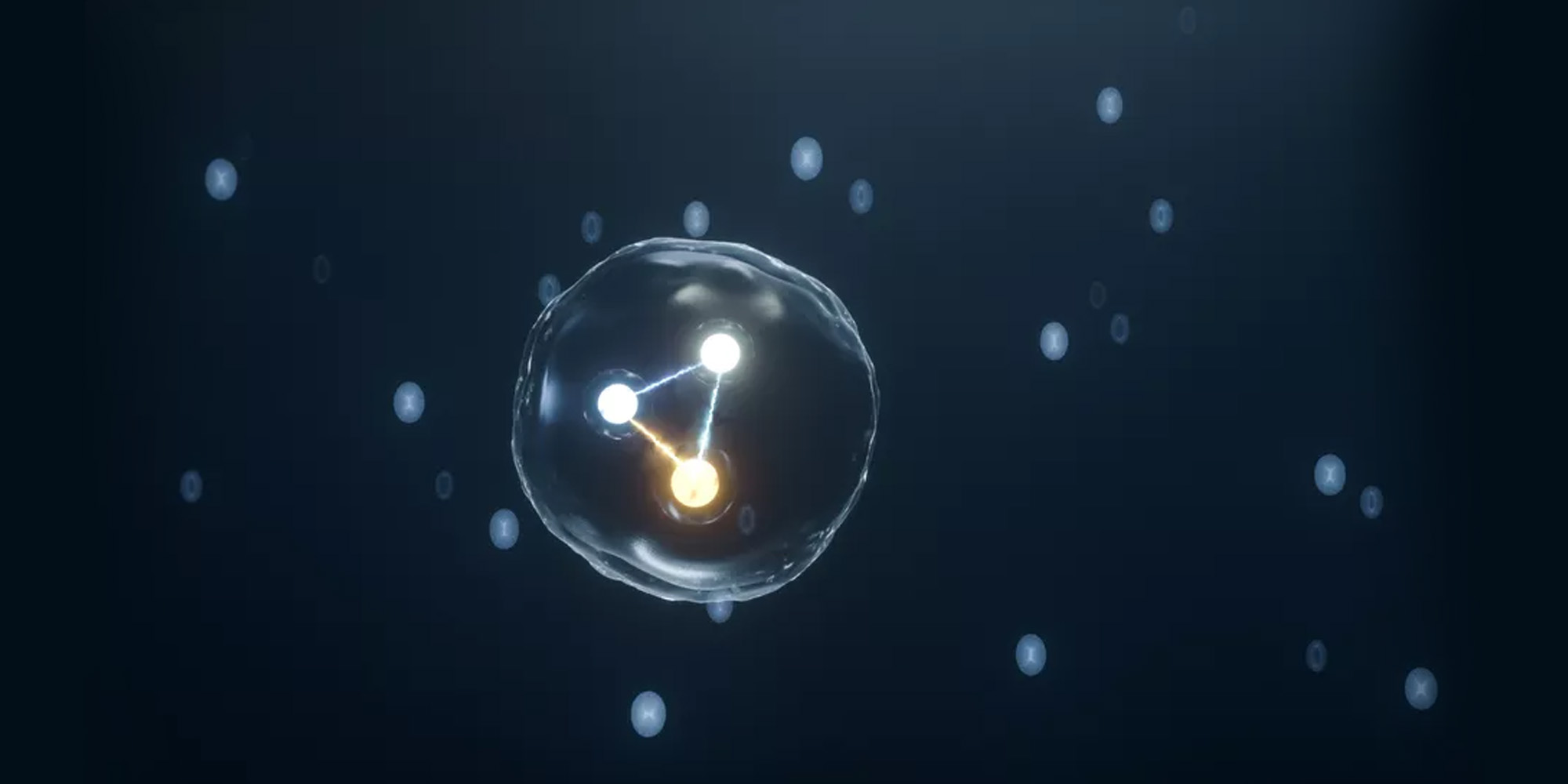
As predicted by quantum chromodynamics (QCD), force-carrier particles (gluons) transmit the strong force between particles of matter that carry “color charge” (quarks).
This means that a subatomic particle may only experience the strong force, if it carries a color charge.
What is color charge?
The term "color" in color charge doesn't refer to actual colors we see in everyday life.
"Color charge" is the name we give to the property of quarks (and gluons) that causes them to experience the strong force.
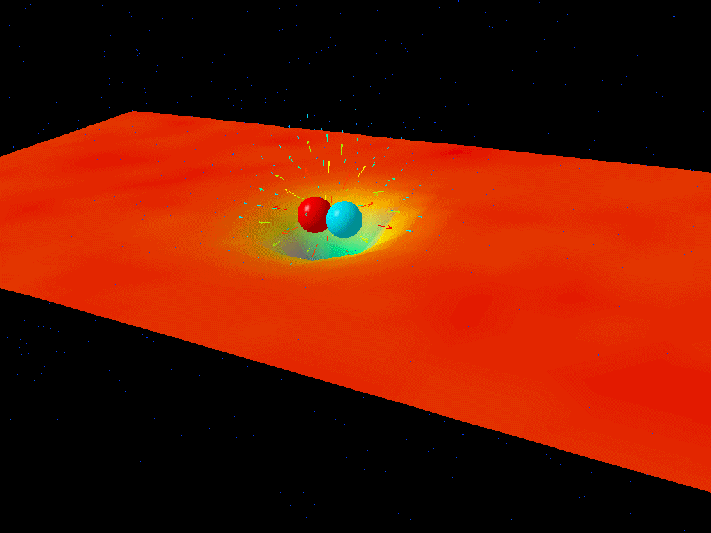
It’s purely a naming convention, used to label and help in conceptualizing these abstract properties.
So creative!
In accordance with QCD, quarks and gluons carry color charge.
Quarks may be:
- Red
- Green
- Blue
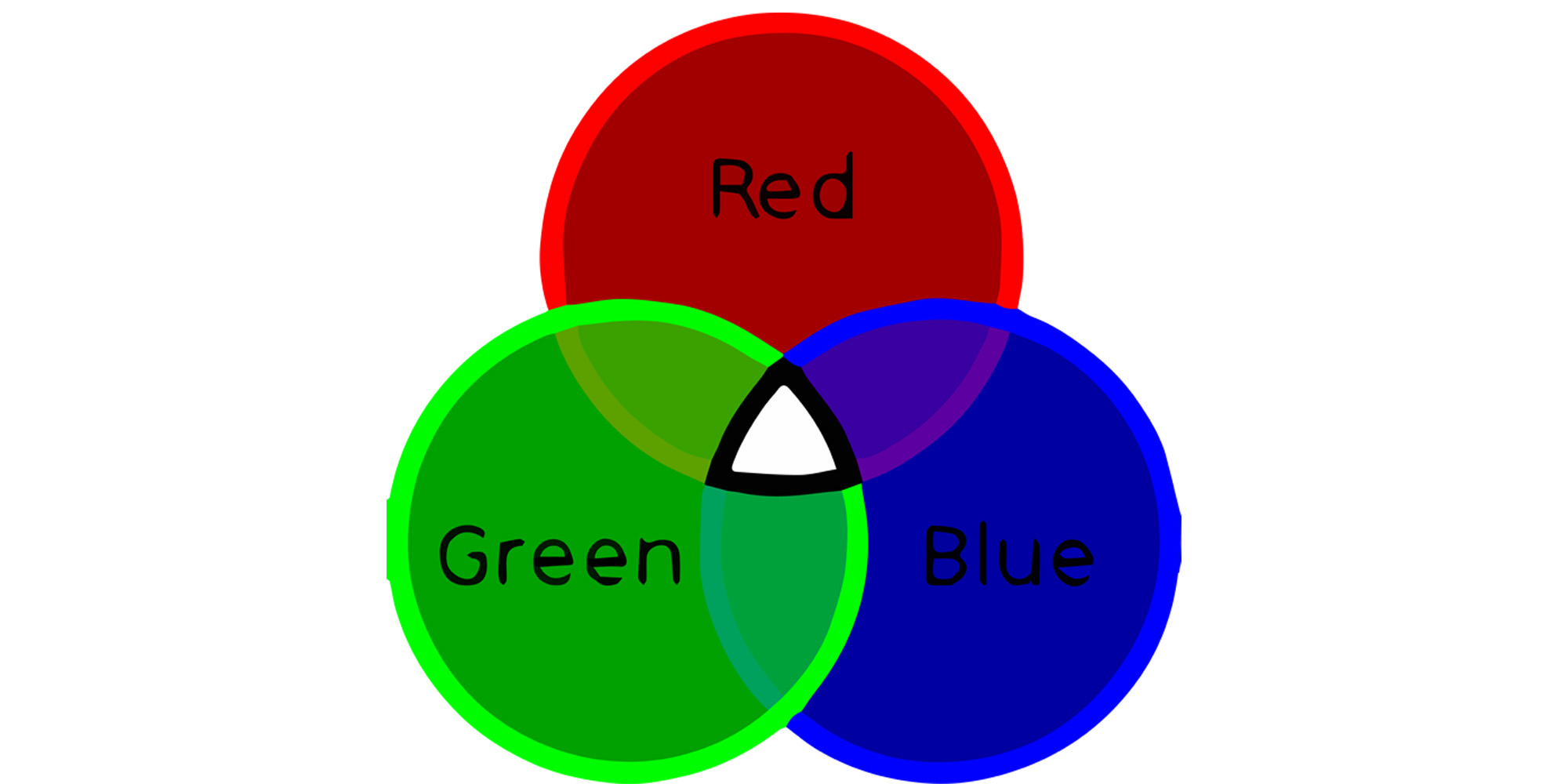
Gluons are combinations of a color and an anticolor. A gluon may be:
- Red-anti-green
- Red-anti-blue
- Green-anti-red
- Green-anti-blue
- Blue-anti-red
- Blue-anti-green
- Two linear combinations of red-antired, blue-antiblue, and green-antigreen.
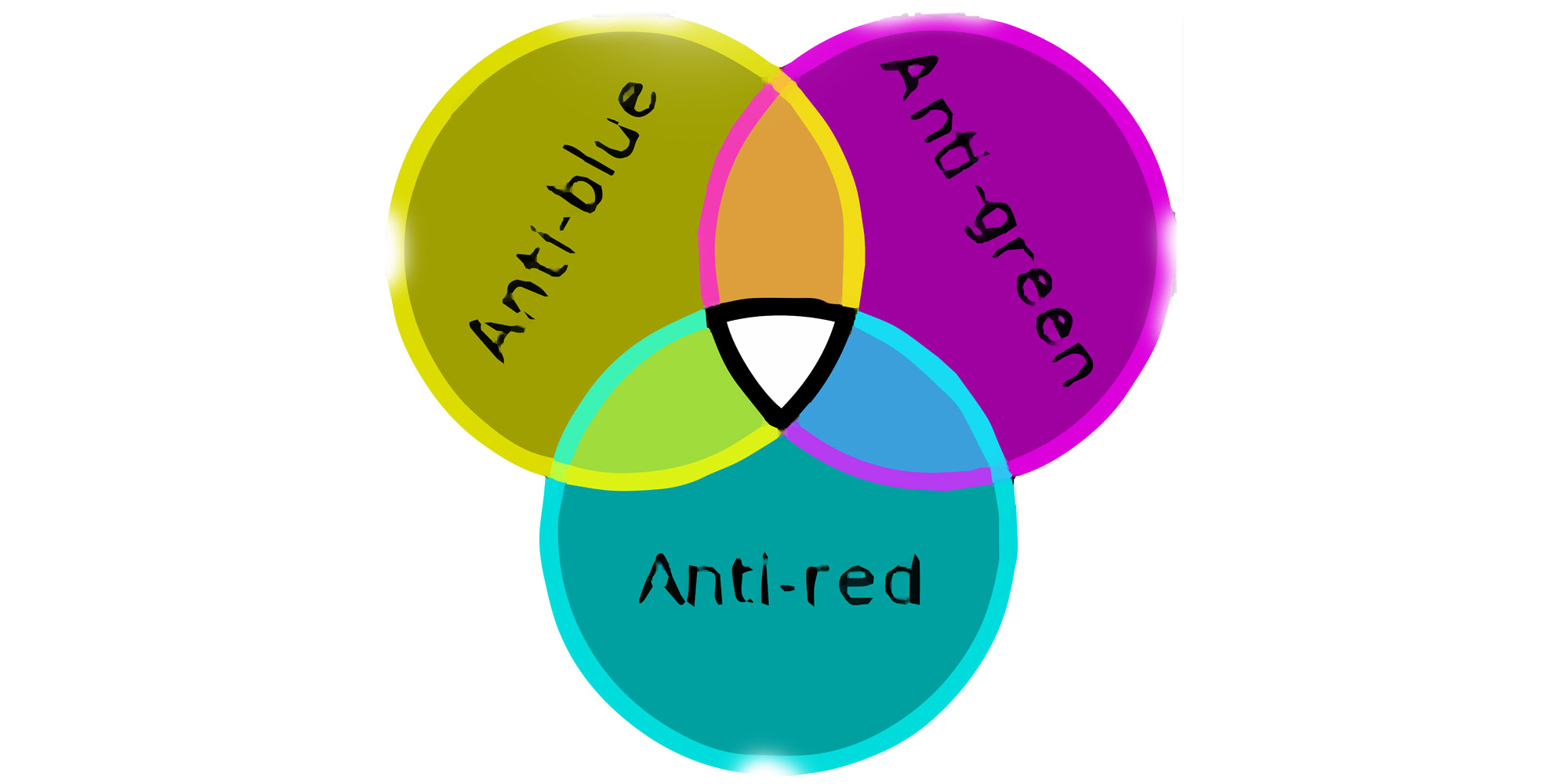
Each quark can emit and absorb gluons, changing its color.
Examples of how colors change during quark-gluon interactions:

A gluon can also emit and absorb other gluons, changing its color.


What is color confinement?
In QCD, color confinement is the phenomenon that color charged particles (such as quarks and gluons) cannot be isolated, and therefore cannot be directly observed.
In 1973 the concept of colour as the source of a “strong field” was developed into the theory of QCD by European physicists Harald Fritzsch and Heinrich Leutwyler, together with American physicist Murray Gell-Mann.

Its important to note that the only observable particles (hadrons) are those that are color neutral (white).
This means that when mixed together, the sum of the “colors” confined in a particle (such as proton or neutron), should always give a color neutral, which has a net colour charge of zero.

So, the combination of the colors of the quarks (and the color exchanges from gluons) within them must cancel out or neutralize to produce no net color.
Why was color charge introduced?
In accordance with the Pauli Exclusion Principle, no two fermions can occupy the same quantum state simultaneously (they cannot have the same set of quantum numbers).
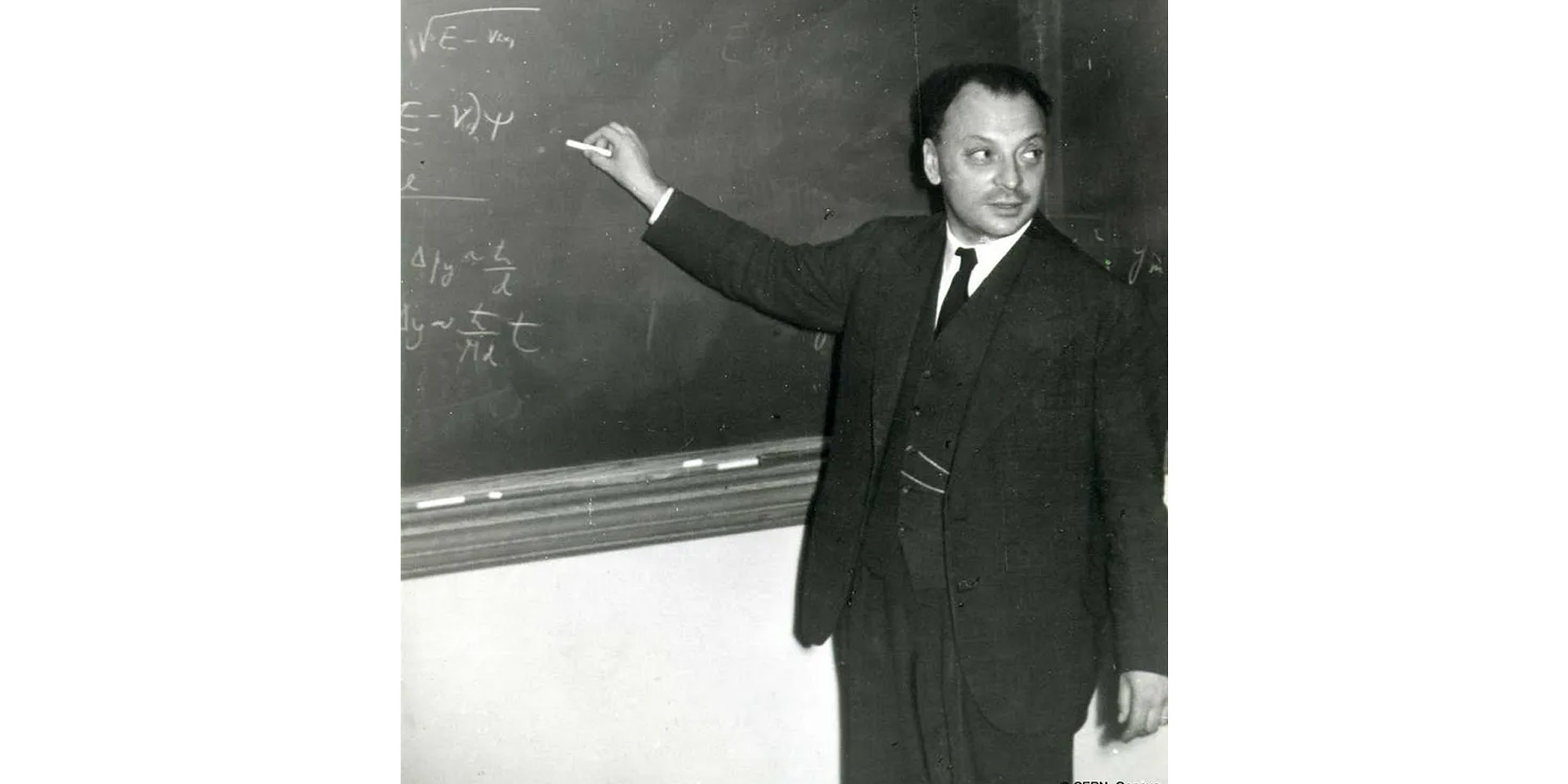
Quarks are fermions (particles with half-integer spin) and must therefore comply with the Pauli exclusion principle.
This means it’s impossible for one particle (such as a proton or a neutron) to contain two identical quarks.
Yet, the proton contains two up quarks. Similarly, the neutron contains two down quarks. This is contrary to the mentioned Principle.
Because of such contradictions, a new quantum property was introduced.
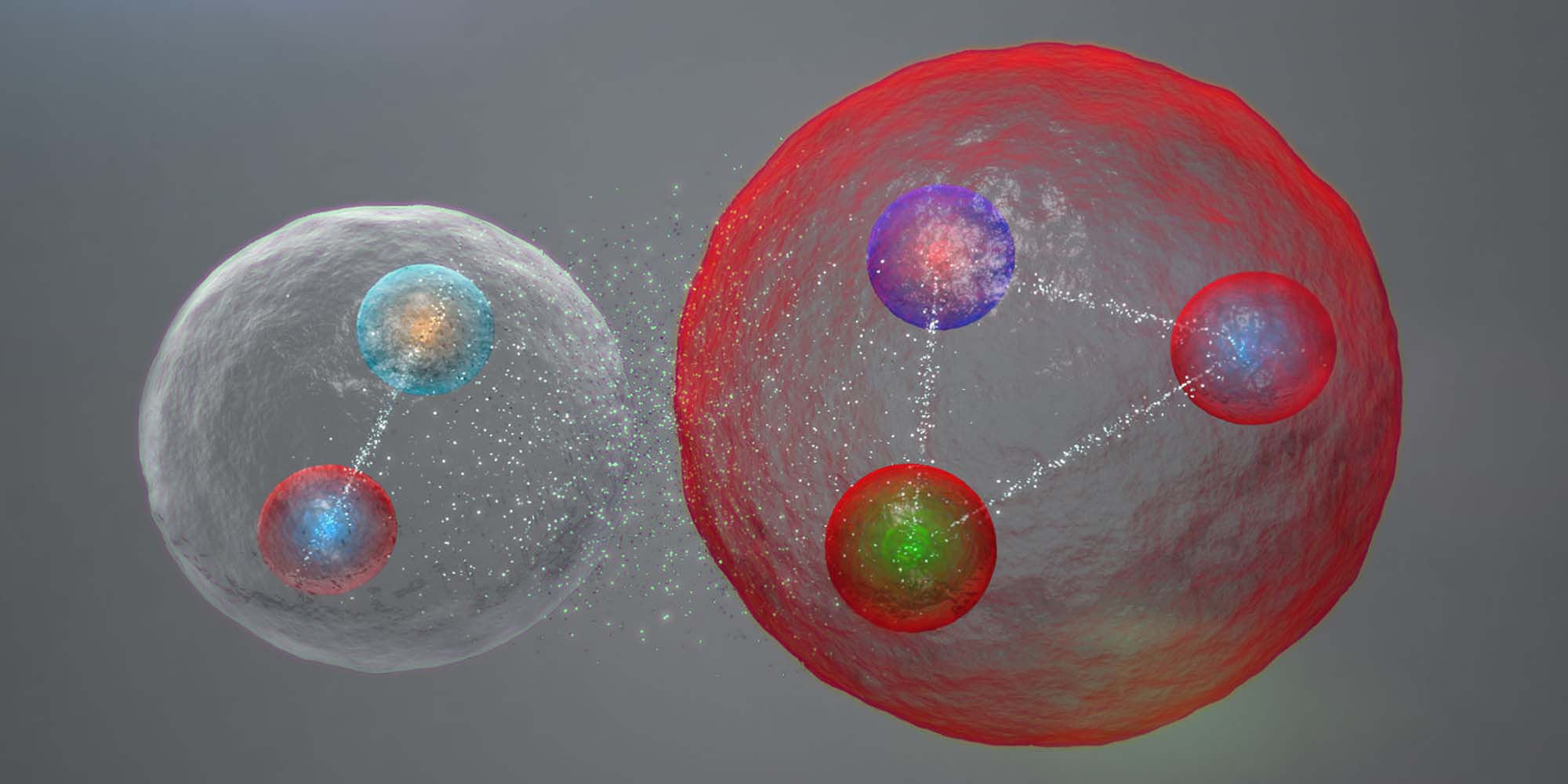
This new property was named “color” (manifesting in three ways - “red”, “green”, “blue”, and their anticolors), and explained how quarks could coexist inside some hadrons in otherwise identical quantum states.
Ta-da! Problem solved.
The color charge system offers a coherent and consistent explanation for the behavior of quarks and the particles they compose.
Strong interaction of quarks in a nutshell
The strong interaction (or strong nuclear force) is what holds quarks together in hadrons (such as protons and neutrons).
This force is only experienced by particles that carry a color charge (gluons and quarks) and is mediated by the exchange of gluons (carriers of the strong force) between quarks.
This exchange of gluons is what binds quarks together within hadrons.
The strong force is the strongest fundamental force of nature and becomes even stronger when quarks are moved further apart, until the energy added becomes sufficient to create new particles instead.
So, the strong interaction is the strong force that is experienced by certain particles, for reasons we don’t quite understand, assigning properties we don’t really know, explained with stories of colors that are not colors.
It’s that simple!